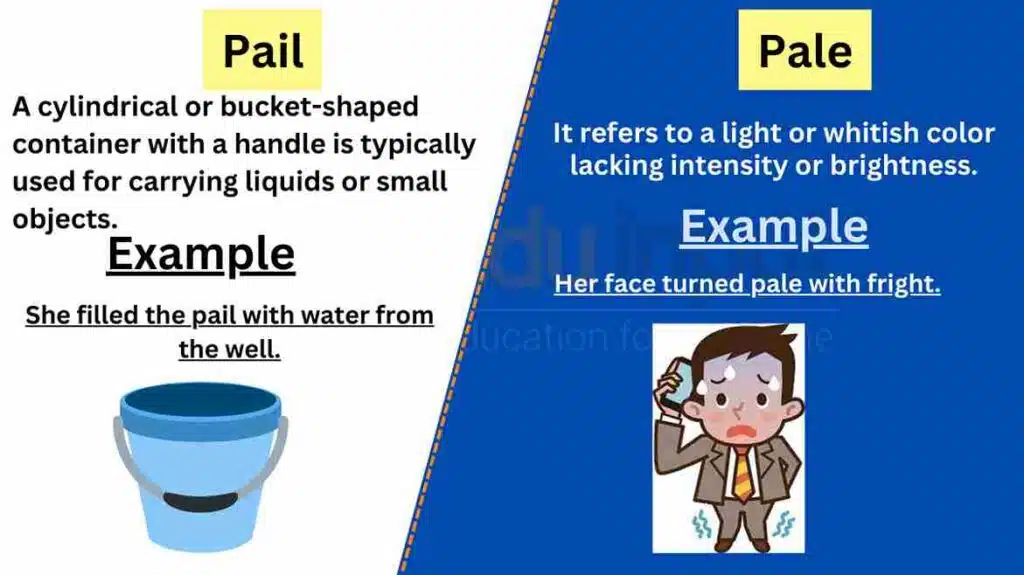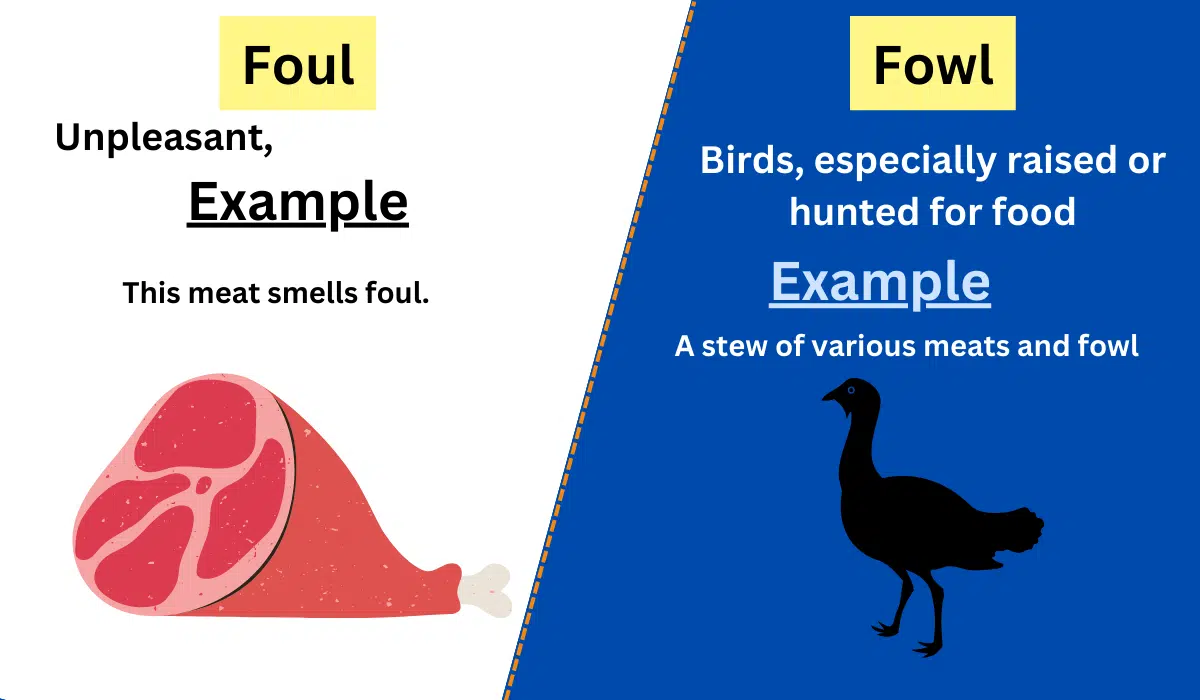Pail vs Pale-Difference Between And Example
In the English language, words with similar sounds can often lead to confusion due to their contrasting meanings and usage. One such pair is “pail” and “pale.” Though they may sound alike, these words have distinct definitions and applications.
This article aims to shed light on the disparities between “pail” and “pale,” exploring their individual connotations and contexts. By grasping their nuances, we can communicate more effectively and avoid misunderstandings. Join us as we delve into the worlds of containers and colors.

Meanings and Examples
Pail Meaning
The meaning of “Pail” refers to a cylindrical or bucket-shaped container with a handle, typically used for carrying liquids or small objects.
Pail Examples
- “She filled the pail with water from the well.”
- “The child played in the sand, using a pail and shovel.”
- “I need a pail to collect the fallen apples from the tree.”
Pale Meaning
The meaning of “Pale” has multiple meanings, but in the context of this comparison, it refers to a light or whitish color lacking intensity or brightness. It can also describe a person’s complexion appearing light or lacking color.
Pale Examples
- “Her face turned pale with fright.”
- “The pale moon illuminated the night sky.”
- “He painted the room in pale shades of blue.”
Difference Between Pail and Pale
| Pail | Pale | |
| Meaning | Cylindrical or bucket-shaped container with a handle | Light or whitish color lacking intensity or brightness |
| Example | “She filled the pail with water from the well.” | “Her face turned pale with fright.” |
| Usage | Carrying liquids or small objects | Describing colors, complexion, or lack of intensity or brightness |
| Context | Containers, carrying, storage | Colors, complexion, lightness, lack of intensity or brightness |
Usage in a Paragraph
The term “pail” finds relevance in the realm of containers, carrying liquids, or small objects. It specifically refers to a cylindrical or bucket-shaped container equipped with a handle, designed for practical use in transporting water, sand, or other substances. For example, one might use a pail to fill it with water from a well or collect fallen fruits from a tree. Additionally, children often enjoy playing in the sand with a pail and shovel, creating sandcastles and other imaginative structures.
Conversely, “pale” traverses the realm of colors and complexion. It describes a light or whitish color lacking intensity or brightness. Pale can be used to depict the appearance of someone’s complexion when it lacks color, often associated with fear, sickness, or shock. Furthermore, it can be used to describe colors that are light and subdued, such as pale blue or pale pink. The pale moon illuminating the night sky is another example of the word’s usage in the context of color.
While “pail” and “pale” may sound similar, they hold distinct meanings and applications. “Pail” refers to a cylindrical or bucket-shaped container used for carrying liquids or small objects. It pertains to practical usage and transport. On the other hand, “pale” pertains to colors and complexion, describing a light or whitish shade lacking intensity or brightness. By understanding these differences, we can navigate conversations more effectively, ensuring clarity and avoiding confusion when discussing containers or colors.







Leave a Reply